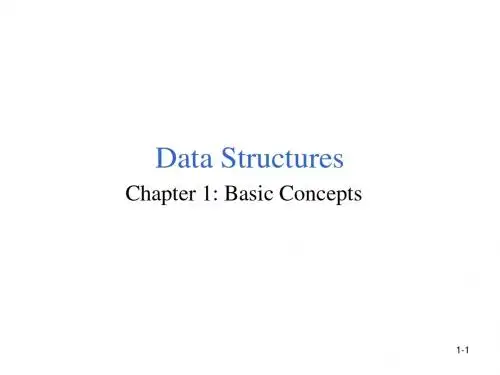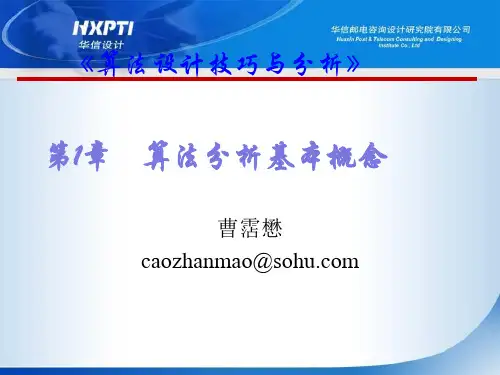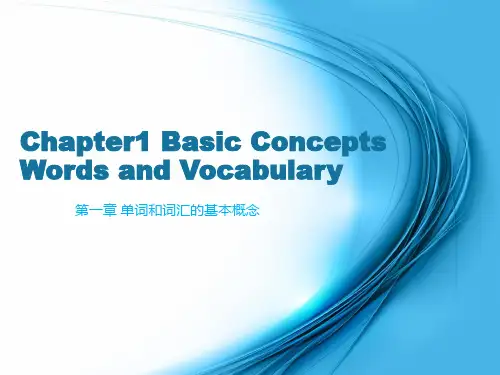【最新】一章节基本概念Chapter1BasicConcepts
- 格式:ppt
- 大小:1.55 MB
- 文档页数:113
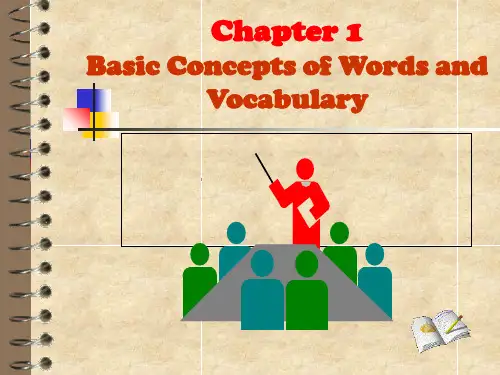
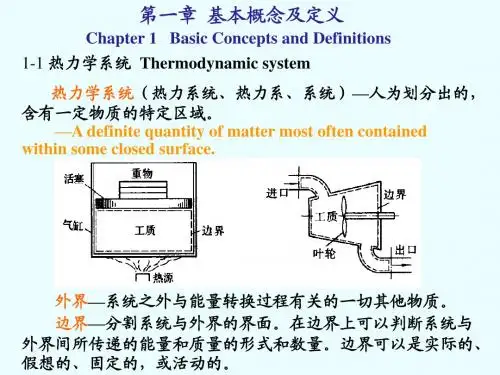
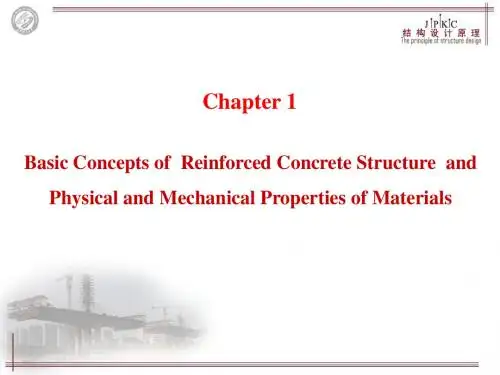

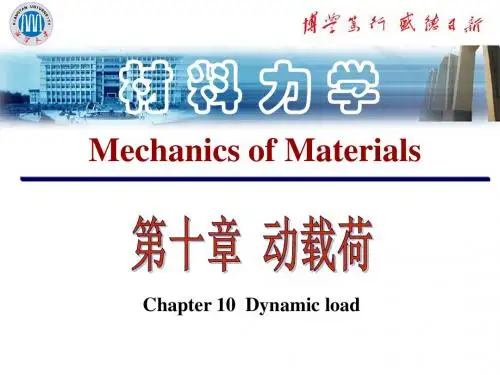

采矿工程专业英语词汇手册Content目录Introduction (2)绪论 (2)Chapter 1 Basic concepts of Coal Mining (2)第一章煤矿开采的基本概念 (2)Chapter 2 Coal Mining methods (5)第二章采煤方法的概念和种类 (5)Section I Mine Field Development and Mining Design第一篇井田开拓及矿井开采设计Chapter 3 Basic Concepts of Mine Development (8)第三章井田开拓的基本概念 (8)Chapter 4 Mine Development W ays (10)第四章井田开拓方式 (10)Chapter 5 Development Roadways Layout ..... (12)第五章井田开拓巷道布置 (12)Chapter 6 Level station ….………………………………………………………..…第六章井底车场…………………………………………………….…Chapter 7 Mine Development Deepen and T echnical Reform…………………………………第七章矿井开拓延深和技术改造………………………………………….…Introduction (绪论)mine n. 矿山,矿井。
v. 采矿colliery n. 矿井coal mining 采煤underground mining 地下开采surface mining 露天开采reserve n. 储量coal-bearing adj. 含煤的high production and high efficiency 高产高效development n. 开拓preparation n. 准备mining method 采煤方法subside v. 下沉,沉陷subsidence n. 沉降,沉陷mining subsidence n. 开采沉陷mechanize v. 使…机械化mechanization n. 机械化Chapter 1 Basic Concepts of Mine (矿井基本概念)coalfield n. 煤田mining area n. 矿区mine field n. 井田divide v. 划分division n. 划分mine production capacity (MPC)矿井生产能力mine service life 矿井服务年限production scale of mine 井型small mine 小型矿井middle mine 中型矿井large mine 大型矿井huge mine 特大型矿井strike n. 走向dip n. 倾向dip angle 倾角workable adj. 可采的workable reserve n. 可采储量opening n. 通道,开口mine opening n. 矿山井巷passageway n. 通道shaft n. 立井roadway n. 巷道chamber n. 硐室main shaft 主立井auxiliary shaft 副立井air shaft 风井blind shaft 暗立井drawn shaft 溜井chute n. 溜煤眼adit n. 平硐drift n. 平硐crosscut n. 联络巷;石门coal crosscut煤门entry n. 平巷haulage n. 运输main haulage roadway 主要运输平巷main return-air roadway 主要回风平巷head entry 区段运输平巷tail entry 区段回风平巷slope n. 斜井rise n. 上山dip n. 下山rock rise 岩石上山coal rise 煤层上山coal haulage rise 运煤上山material transporting rise 运料上山return-air rise 回风上山men-walking rise 行人上山inclined roadway of a strip 分带斜巷inclined coal haulage roadway of a strip 分带运煤斜巷inclined material haulage roadway of a strip 分带运料斜巷development roadway 开拓巷道preparation roadway 准备巷道gateway 回采巷道pit bottom 井底车场shaft bottom 井底车场station n. 车场,车站mining district station 采区车场horizon n. 阶段level n. 水平haulage level 运输水平return-air level 回风水平mining level 开采水平interval between levels 阶段垂高mining district 采区panel n. 盘区sublevel n. 分段strip district n. 带区inclined length 斜长strike length 走向长度district sublevel区段Open-off cut n. 切眼coalface n. 采煤面working face工作面production n. 生产;产量production system 生产系统coal haulage system 运煤系统ventilation n. 通风ventilation system通风系统fresh air 新鲜风dirty air 乏风,污风refuse n. 矸石material and refuse transportation system 运料排矸系统drain v. 排水drainage system 排水系统power supply system (electric power, compressed air) 动力供应(电、压风)communication and monitoring system 通讯、监测系统drive v. 掘进excavate v. 开挖,开掘hoist v. 提升winch n. 绞车Chapter 2 Coal Mining methods (采煤方法)stope 采场mining works/units 回采工作basic operation 基本工序break v. 破碎load v. 装载haul v. 运输auxiliary operations 辅助工序roof support 顶板支护gob treatment 采空区处理auxiliary transportation 辅助运输ventilation 通风drainage 排水power supply 供电,emulsion supply 供液(乳化液)等。
![Chapter_1__A_General_survey_of_English_vocabulary[1]](https://uimg.taocdn.com/59778a25482fb4daa58d4b36.webp)
Chapter 1 A General survey of English vocabulary一. Basic concepts of words and vocabulary1 - The definition of a word comprises the following points:(1) a minimal free form of a language;(2) a sound unity;(3) a unit of meaning;(4) a form that can function alone in a sentence.A word is a minimal free form of a language that has a given sound and meaning and syntactic function.2- Sound and Meaning: symbolic connection is almost always arbitrary and conventional.A dog is called a dog not because the sound and the three letters that make up the word just automatically suggest the animal in question.3- Old English, the speech of the time was represented very much more faithfully in writing than it is today. The internal reason for this is that the English alphabet was adopted from the Romans, which does not have a separate letter to represent each sound in the language so that some letters must do double duty or work together in combination.Another reason is that the pronunciation has changed more rapidly than spelling over the years, and in some cases the two have drawn far apart.A third reason is that some of the differences were created by the early scribes. Finally comes the borrowing, which is an important channel of enriching the English vocabulary.5 - Vocabulary: All the words in a language make up its vocabulary. Not only can it refer to the total number of the words in a language, but it can stand for all the words used in a particular historical period. We also use it to refer to all the words of a given dialect, a given book, a given discipline and the words possessed by an individual person. The general estimate of the present-day English vocabulary is over million words.6 - Words may fall into the basic word stock and nonbasic vocabulary by use frequency, into content words and functional words by notion, and into native words and borrowed words by origin.7 - The basic word stock is the foundation of the vocabulary accumulated over centuries and forms the common core of the language. Though words of the basic word stock constitute a small percentage of the English vocabulary, yet it is the most important part of it. These words have obvious characteristics.8 - All national character. Words of the basic word stock denote the most common things and phenomena of the world around us, which are indispensable to all the people who speak the languageNatural phenomena/Human body and relations/Names of plants and animals/Action, size, domain, state/Numerals, pronouns, prepositions, conjunctions9 - Stability. Words of the basic word stock have been in use for centuries.10 - Productivity . Words of the basic word stock are mostly root words or monosyllabic words. They can each be used alone, and at the same time can form new words with other roots and affixes.11 - Polysemy. Words belonging to the basic word stock often possess more than one meaning because most of them have undertone semantic changes in the course of use and become polysemous.12 - Collocability . Many words of the basic word stock quite a number of set expressions, idiomatic usages, proverbial sayings and the like.13 - Terminology consists of technical terms used in particular disciplines and academic areas .14 - Jargon refers to the specialized vocabularies by which members of particular arts, sciences, trades and professions communicate among themselves such as in business. 15 - Slang belongs to the sub-standard language, a category that seems to stand between the standard general words including informal ones available to everyone and in-group words like cant, jargon, and argot, all of which are associated with, or most available to, specific groups of the population.Slang is created by changing or extending the meaning of existing words though some slang words are new coinages altogether. Slang is colourful, blunt, expressive and impressive.16 - Argot generally refers to the jargon of criminals.17 - Dialectal words are words used only by speakers of the dialect in question.18 - Archaisms are words or forms that were once in common use but are now restricted only to specialized or limited use.19 - Neologisms are newly-created words or expressions, or words that have taken on new meanings.20 - By notion, words can be grouped into content words and functional words. Content words denote clear notions and thus are known as notional words. They include nouns, verbs, adjectives, adverbs and numerals, which denote objects, phenomena, action, quality, state, degree, quantity.21 - Functional words do not have notions of their own. Therefore, they are also called empty words. As their chief function is to express the relation between notions, the relation between words as well as between sentences, they are known as form words. Prepositions, conjunctions, auxiliaries and articles belong to this category.22 - However, functional words do far more work of expression in English on average than content words.23 - Native words are words brought to Britain in the fifth century by the German tribes; the Angles, the Saxons, and the Jutes, thus known as Anglo-Saxon words.24 - Apart from the characteristics mentioned of the basic word stock, in contrast to borrowed words, native words have two other features:Neutral in style. they are not stylistically specific.Stylistically, natives words are neither formal nor informal whereas the words borrowed from French or Latin are literary and learned, thus appropiate in formal style.Frequent in use. Native words are most frequently used in everyday speech and writing.25 - Words taken over from foreign languages are known as borrowed words or loan words or borrowings in simple terms. It is estimated that English borrowings constitute 80 percent of the modem English vocabulary. The English language is noted for the remarkable complexity and heterogeneity of its vocabulary because of its extensive borrowings26 - Aliens are borrowed words which have retained their original pronunciation and spelling. These words are immediately recognizable as foreign in origin.27 - Semantic-loans. Words of this category are not borrowed with reference to the form. But their meanings are borrowed. In other words, English has borrowed a new meaning for an existing word in the language.二.The development of the English vocabulary1 - It is assumed that the world has approximately 3, 000 (some put it 5, 000 ) languages, which can be grouped into roughly 300 language families on the basis of similarities in their basic word stock and grammar.2 - The Indo-European is one of them. It is made up of most of the languages of Europe, the Near East, and India.3 - They accordingly fall into eight principal groups, which can be grouped into an Eastern set: Balto-Slavic , Indo-Iranian , Armenian and Albanian ; a Western set: Celtic, Italic, Hellenic, Germanic.4 - In the Eastern set, Armenian and Albanian are each the only modern language respectively. The Balto-Slavic comprises such modern languages as Prussian, Lithuanian, Polish, Czech, Bulgarian, Slovenian and Russian.5 - In the Indo-Iranian we have Persian. Bengali, Hindi, Romany, the last three of which are derived from the dead language Sanskrit.6 - In the Western set, Greek is the modern language derived from Hellenic.7 - The Germanic family consists of the four Northern European Languages: Norwegian, Icelandic, Danish and Swedish, which are generally known as Scandinavian languages. Then there is German, Dutch, Flemish and English.8 - Old English (450-1150)Anglo-Saxon as Old English. Old English has a vocabulary of about 50, 000 to 60, 000 words. It was a highly inflected language just like moderm German.Anglo-Saxon as Old English. Old English has a vocabulary of about 50, 000 to 60, 000 words. It was a highly inflected language just like moderm German.9 - Middle English (1150-1500)Although there were borrowings from Latin, the influence on English was mainly Germanic.Between 1250 and 1500 about 9000 words of French origin poured into English. Seventy-five percent of them are still in use today.If we say that Old English was a language of full endings. Middle English was one of leveled endings.10 - Modern English (1500-up to now)Modern English began with the establishment of printing in England.Early (1500-1700) and Late (1700-up to the present) Modern EnglishIn the early period of Modern English, Europe saw a new upsurge of learning ancient Greek and Roman classics. This is known in history as the Renaissance.Latin and Greek were recognized as the languages of the We stern world’s great literary heritage and of great scholarshipIn fact, more than twenty-five per cent of modern English words come almost directly from classical languages.It can be concluded that English has evolved from a synthetic language (Old English) to the present analytic language.11 - Three main sources of new words: the rapid development of modern science and technology(45%); social, economic and politicalchanges(24%); the influence of other cultures and languages(11%).12 - Modern English vocabulary develops through three channels: creation, semantic change, borrowing.Creation refers to the formation of new words by using the existing materials, namely roots, affixes and other elements. In modern times, this is the most important way of vocabulary expansion.Semantic change means an old form which takes on a new meaning to meet the new need. This does not increase the number of word forms but create many more new usages of the words, thus enriching the vocabulary.Borrowing has played a vital role in the development of vocabulary, particularly in earlier times. Borrowed words constitute merely six to seven percent of all new worlds. In earlier stages of English, french, Greek and Scandinavian were the major contributiors.Reviving archaic or obsolete words(复活古词和废弃词) also contributes to the growth of English vocabulary though quite insignificant.。
